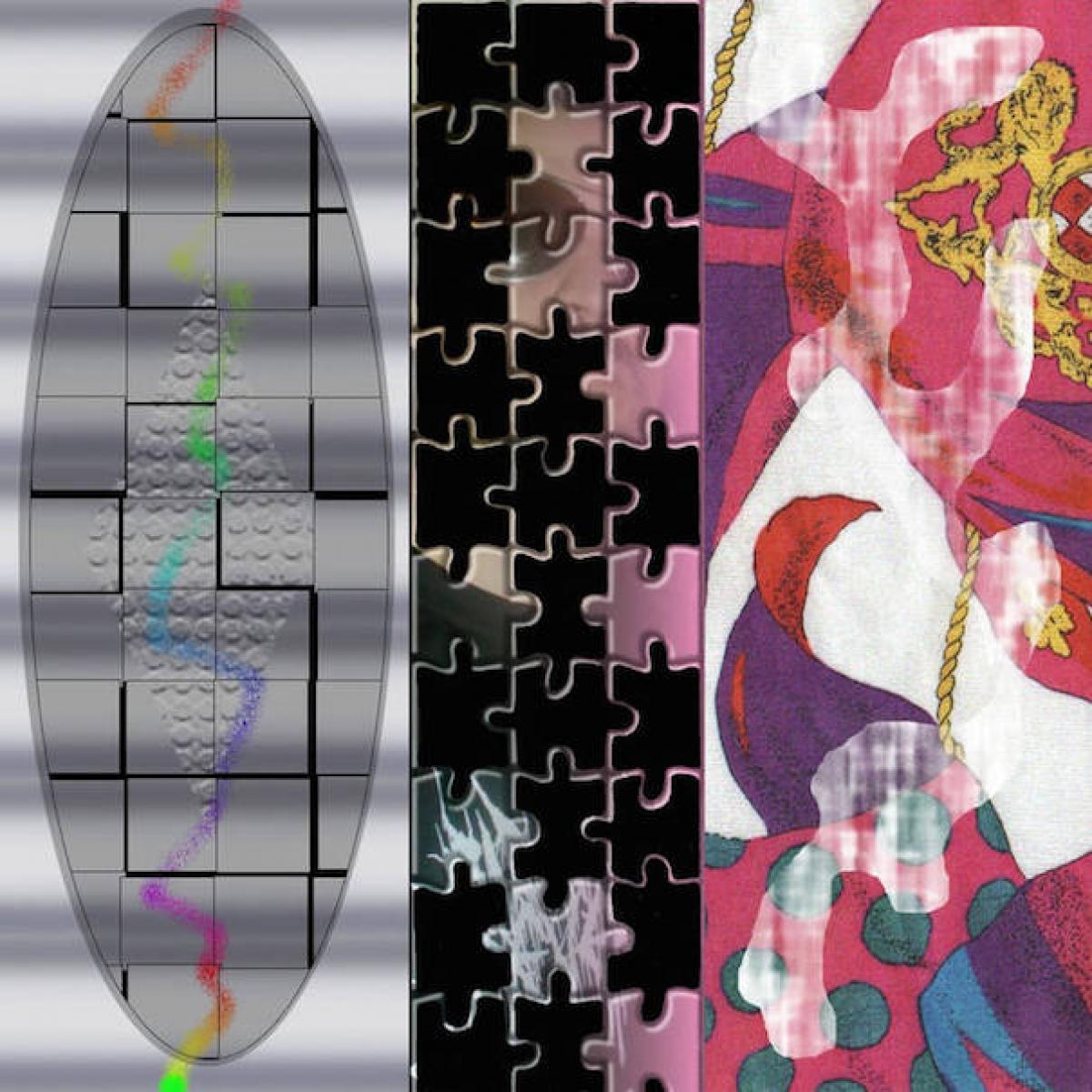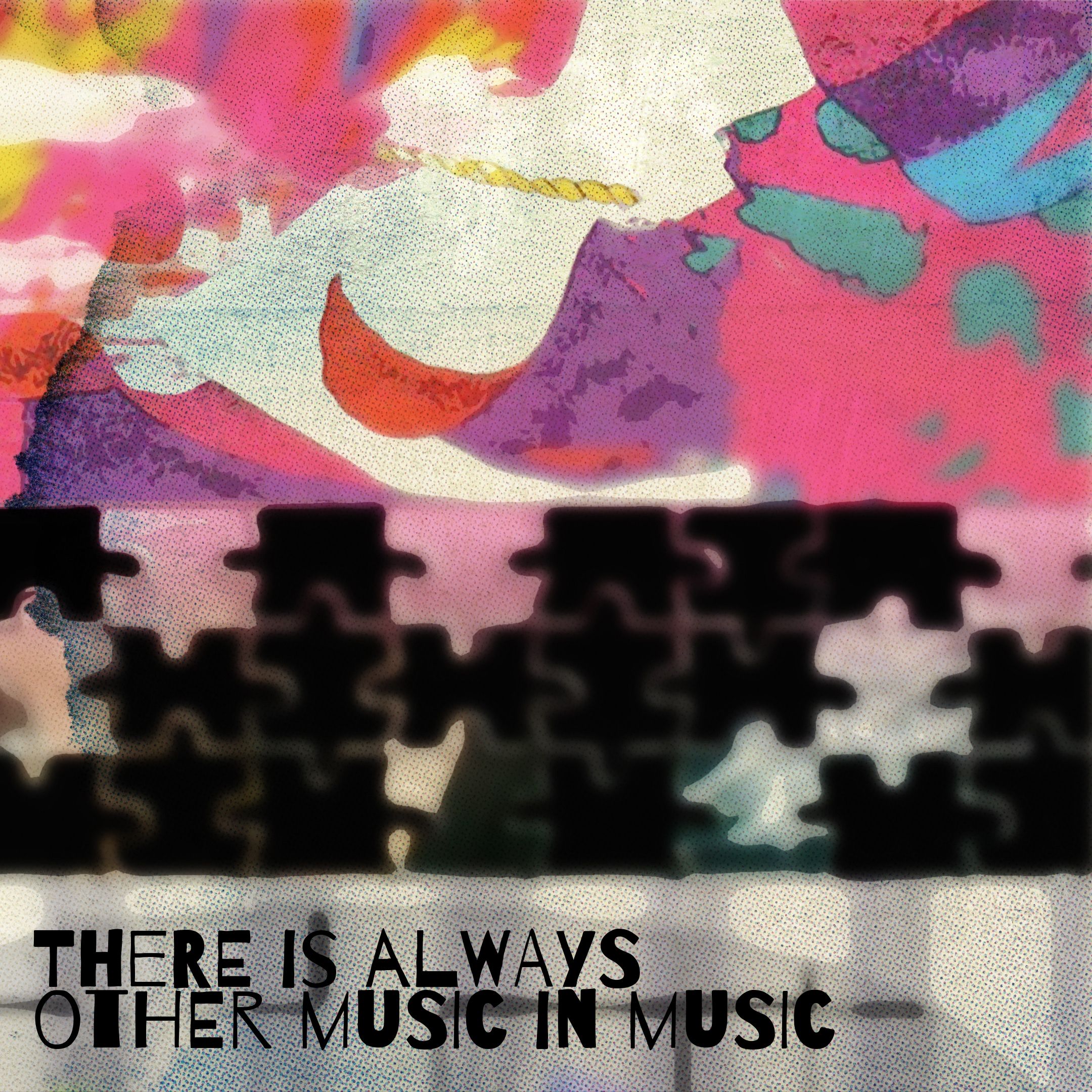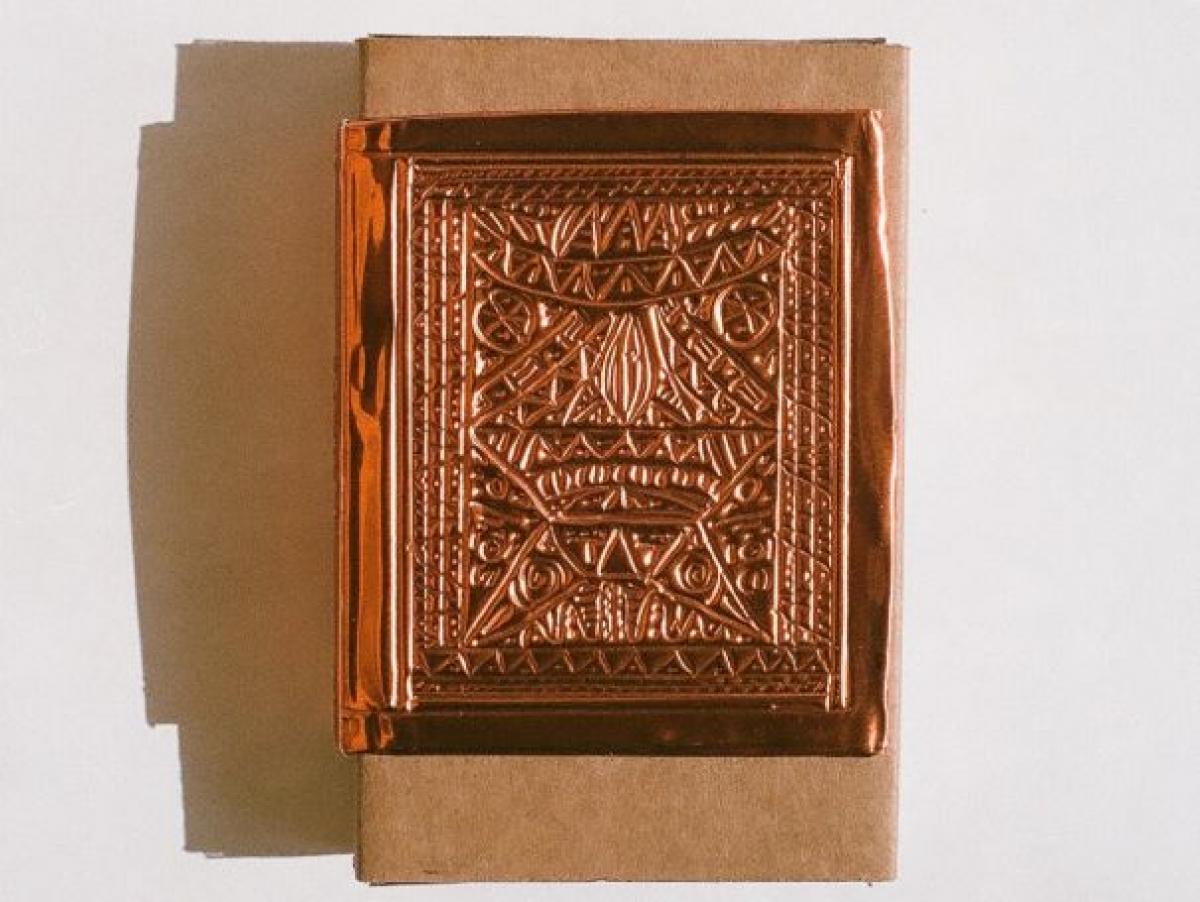
Ratkiller: Meta Music for the 21st Century
The Estonian musician Ratkiller is a master of intertextuality. His recent album Dreamhammer (Rotifer Cassettes 2017) is full of samples from different sources: from Death Metal to 1980s Funk or porn movies. A review comment.
There are always other words in a word, other texts in a text, but also other melodies in a melody, and other music in music. Ratkiller is a master of this musical intertextuality. His new release Dreamhammer weaves a fluid intertextual, intersonic web, deftly sourcing and splicing his samples, that hazily pass through your consciousness. Liquid signifiers are stripped of their spatiotemporal origin and time dissolves.
The tracks are the product of an informal music fan whose idiosyncratic work is in dialogue with other music styles. The transposing is done so seamlessly that there's no mistaking it as just the sum of its parts. His techniques are crude – for instance, uses a media player as a sampler and creates rhythms with play/pause/back/forward controllers.
Dreamhammer unravels with the cacophonic «Nasty Travesty» driven on the backdrop of Limbus 3's album New Atlantis. «Soiled Sheets» culminates after three minutes in a piano-driven apex (Frederic Rzewski sample) with echoing voices taken from a tape of Estonian pornographic stories. Therion, a Swedish death metal band, provide a buoyant start to side B, while «Art of Awaking» dabbles in 1970s spiritual jazz.
Genres and styles are allusive on this latest release by the Tallinn-based black metal fan Mihkel Kleis. It could be an 1980s synth/funk album, or 21st century deconstructed club music. «Music, rhythm, rigadoon, without end, for no reason», wrote Julia Kristeva, the originator of the term «intertextuality», in Power of Horror: An Essay on Abjection.
Biography
Published on October 04, 2017
Last updated on May 06, 2024
Topic
Sampling is political: about the use of chicken clucks or bomb sounds in current music.
Snap

